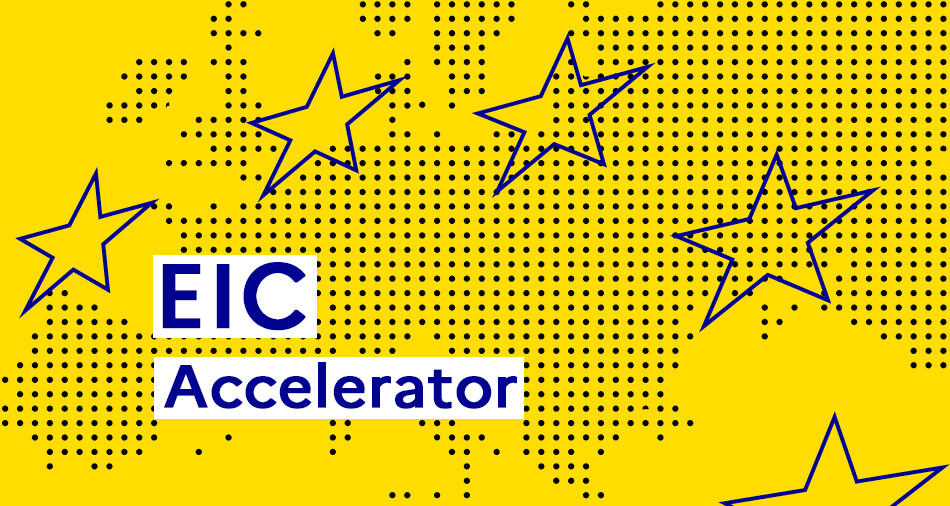ExpectedOutcome:
Project results are expected to contribute to the following expected outcomes:
- Enhanced quality and enhanced efficiency of the current services to respond respectively to well identified emerging EU policy needs and/or user requirements and to technological developments
- Exploitation of the full range of Copernicus core services with a significant improvement in the coordination and integration of data and products between them
- Development of services which will support new policy(ies) and will address observational and information gaps
- Appropriate consideration of a wide range of users’ needs and of potential accessibility limitations
Scope:
The areas of R&I, which needs to be addressed to tackle the above expected outcomes are:
- Development of a proof-of-concept or prototype with a Copernicus based-solution to improve the European capacity for monitoring and forecasting the Arctic accessed via a single entry point which can be easily integrated into the existing service(s)
- Development of a proof-of-concept or prototype with a Copernicus-based solution to improve the European capacity for monitoring the UN Sustainable Development Goals indicators accessed via a single entry point which can be easily integrated into the existing service(s) (such as long-time series to monitor atmosphere composition and air quality, the health of ocean and in land waters, and regular mapping of land use)
This approach should foster the exploitation of space EO capabilities to close observation gaps in combination with ground-based infrastructure and innovative processing/modelling techniques. The proposed developments should be modular and scalable and proposals should provide a proof-of-concept or a prototype that can be easily integrated into the service(s).
Proposals should include the development of tools to support end users in their decision-making activities (e.g. decision support systems, assessments, decision processes) using Copernicus data and products and meeting the need for timely and quality long-term global/regional information. Proposals should have the objective to increase the capabilities and capacity of end users to use Copernicus data and products. The involved end-users should provide feedback to the proposed tools on product efficiency, data access, new measurement needs, new applied research topics, societal benefits, and other factors if necessary. If applicable also social innovation can play a role in this context.
Depending on the selected area(s), user communities should be involved in the proposal. They are mainly public authorities from national to local scale, operators of protected areas that need to be monitored, administration in charge of planning and services in charge of law enforcement. The community ranges from the fisheries or maritime authorities to land managers, foresters and park managers, environmental agencies but also administration of cultural site or universities. It also includes many of the actors that have to comply with environmental rules from the business sector.
New digital tools should be considered and innovative solutions should be proposed for an optimal exploitation of the data, improved processing and distribution chains, e.g. cloud and HPC computing, distributed computing, Artificial Intelligence, machine learning, ensemble modelling, model coupling & nesting, software as-a-service.
The project should provide a proof-of-concept (e.g. system element targeting TRL 5-6) at least demonstrating the feasibility of the integration in the existing core service.
Additionally, the transfer from research to operations should receive full attention during the course of the project to strengthen the readiness for an operational deployment in the future. Appropriate interaction with the relevant Entrusted Entity of the Copernicus services, the conditions for making available, for re-using and exploiting the results (including IPR) by the said entities must be addressed during the project implementation. The software should be open licensed.
The activities of the project should also contribute to the objectives set by the Group on Earth Observation and outcomes and relevant results of the project should be promoted also at international level through the Global Earth Observation System of Systems (GEOSS). In addition, the project could contribute to the objectives set by the DestinE initiative.
Proposals shall address only one of the R&I areas. To ensure a balanced portfolio, grants will be awarded to proposals not only in order of ranking but at least also to those projects that are the highest ranked so as to cover all the R&I areas, provided that the proposals attain all threshold.
Applicants are advised to consult information on the Copernicus programme in general at https://www.copernicus.eu/en and further details on the topic in the Guidance document[1]
.
In this topic the integration of the gender dimension (sex and gender analysis) in research and innovation content is not a mandatory requirement.
Specific Topic Conditions:
Activities are expected to achieve TRL5-6 by the end of the project – see General Annex B.
Cross-cutting Priorities:
International CooperationOcean sustainability and blue economy
[1]Published on the EU funding and tenders portal (https://ec.europa.eu/info/funding-tenders/opportunities/portal)





